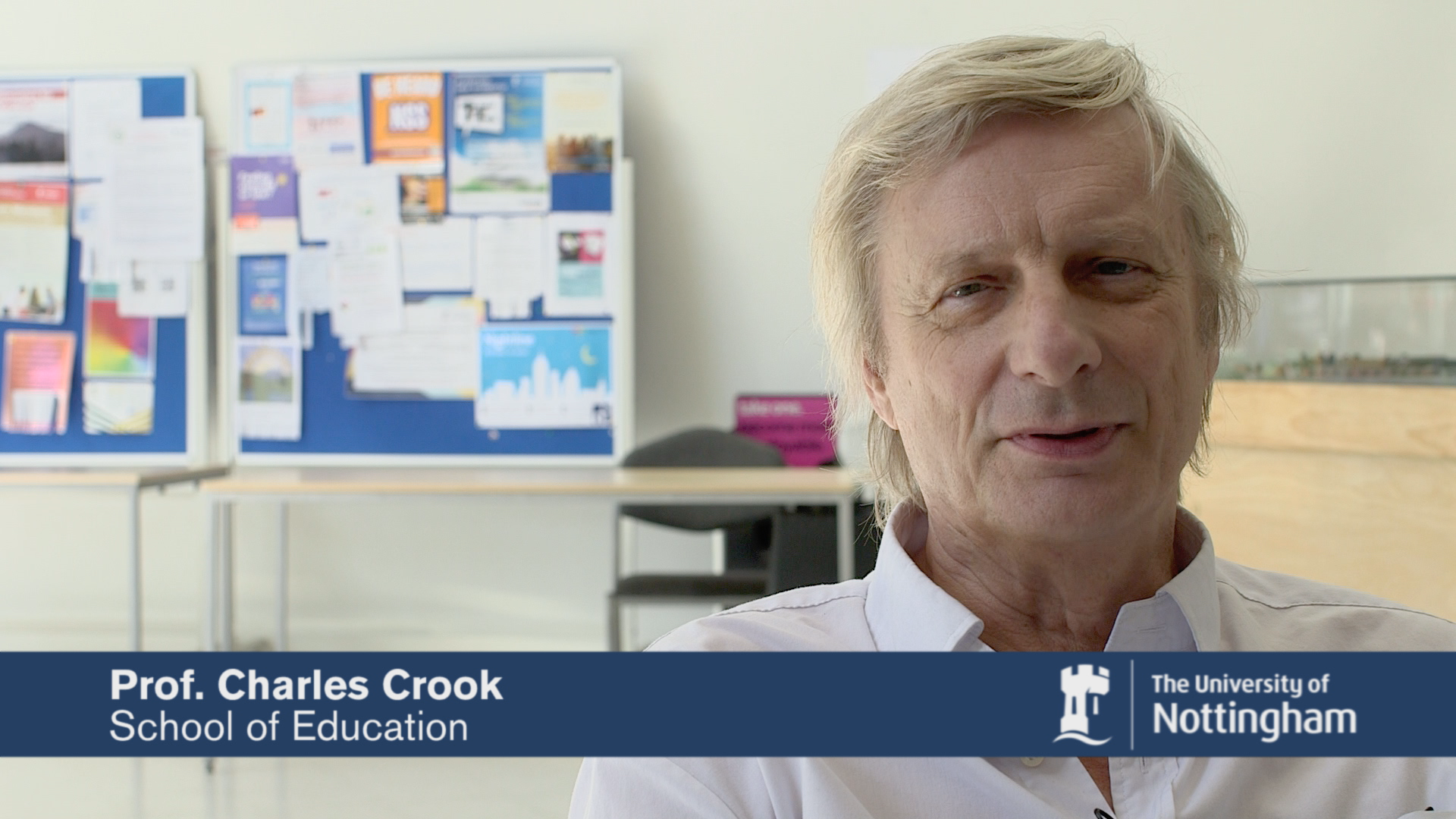
September 7, 2017, by Joe Bell
Charles Crook on Screencasting
Charles Crook talks in this video about using screencasting to give students feedback on their assignments. Giving feedback to students is a very central issue in any University: we need to improve the quality and quantity of feedback.
Charles asks: how can we give feedback in a more vivid and useful way than we currently do?
The answer for some could be screencasting. This has been used in many contexts for providing feedback but becomes easier to achieve as technology improves.
A piece of software that captures screen and voice is needed: as the lecturer reads the student’s submission they turn on screen capture and a microphone, and make comments as they go through. It can be simply “thinking aloud” or a little more planned, and the recording can be paused and started again when there’s something to say.
Charles says some of the advantages for him include:
· It’s quicker for me to do
· It forces me to concentrate on my reading and enjoy it more
· comments from students about the feedback are always positive
· student’s feedback is very closely visually tied to the work itself
· adds human touch to feedback – makes it more personal.
Charles points out that once students experience it, they will want more of it. The challenge for the University is to increase the amount of audio and video feedback, for example in this way, to give students rich feedback, while still accommodating the varied styles of marking and feedback of different Schools and individuals.
If you are interested in exploring whether you could use screencasting, or other types of audio and video feedback, email us at: learning-technologies@nottingham.ac.uk
Do you have a story to tell? If you’d like to participate in this Transforming Teaching project to surface good teaching practice across the university, email julian.tenney@nottingham.ac.uk
Posted in
TTP Theme
No comments yet, fill out a comment to be the first

Leave a Reply